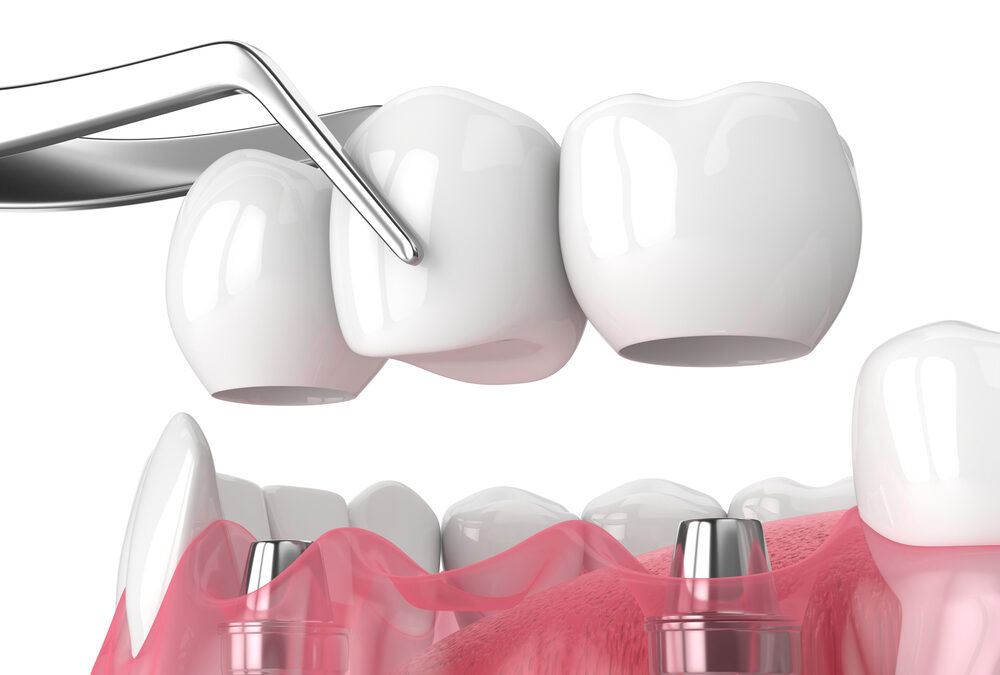Dental crowns are a vital part of restorative dentistry, offering protection and structure to damaged or decayed teeth. However, the cost can often become a barrier for many patients seeking treatment. If you’ve found yourself concerned about the dental crown price, you’re not alone. The good news is there are several ways to reduce costs without compromising on quality, especially with advancements like CEREC technology and smarter treatment planning. Here’s how to approach getting a crown that fits your mouth and your budget.
Understand What Affects Dental Crown Price
When considering getting a crown, it’s essential to understand what affects the dental crown price, as costs can vary significantly depending on several factors. The dental crown price is influenced by the type of material used (such as porcelain, metal, or zirconia), the complexity of the procedure, the location of the dental clinic, and whether advanced technologies like CEREC are used. Additionally, fees may increase if additional treatments like root canals or imaging are required before the crown is placed. Being aware of these elements helps patients make informed decisions and find ways to manage the dental crown price without compromising on care.
Before diving into how to save, it’s important to understand what contributes to the dental crown price. These factors include:
- Material used (porcelain, ceramic, zirconia, metal, or a combination)
- Location of the dental practice
- Dentist’s experience and expertise
- Technology used in the procedure
- Lab fees (if crowns are sent to external labs)
- Additional procedures, such as root canals or imaging
Prices can range widely—from \$800 to \$2,500 per crown—depending on these variables. Knowing what you’re paying for allows you to make smarter decisions and explore ways to cut costs without cutting corners.
1. Choose the Right Material for Your Needs
One way to manage the dental crown price is by selecting the right material based on your tooth’s function and visibility. For example:
- Porcelain-fused-to-metal crowns offer strength and aesthetic appeal at a moderate price.
- All-metal crowns, such as gold or alloys, are durable and less expensive but not visually discreet.
- All-ceramic or zirconia crowns are popular for their natural look, especially for front teeth, but tend to be more costly.
Consult your dentist about the pros and cons of each material. Sometimes a less expensive material might still offer long-term durability for back teeth where aesthetics matter less.
2. Ask About CEREC Technology for Same-Day Crowns
One of the most exciting advancements in dental care is CEREC technology, which allows for same-day crowns using digital imaging and in-house milling. While some assume this cutting-edge solution would be more expensive, CEREC can actually save you money in multiple ways:
- Fewer appointments: You don’t need multiple visits or temporary crowns.
- No lab fees: Since the crown is milled onsite, lab-related costs are eliminated.
- Durable and precise fit: The digital design ensures long-term accuracy, potentially avoiding costly adjustments later.
Ask your dental clinic whether they offer CEREC technology and compare the all-in costs with traditional crown placement to see which offers better value in the long run.
3. Use Dental Insurance or Health Savings Accounts (HSAs)
If you have dental insurance, it’s worth checking how much of the dental crown price is covered. Most plans will pay a portion, especially if the crown is deemed medically necessary. Be sure to:
- Understand your annual coverage limit
- Ask about network discounts
- Request a pre-treatment estimate from your provider
If you don’t have dental insurance, consider using an HSA or FSA (Flexible Spending Account) to pay for the crown with pre-tax dollars, effectively lowering your out-of-pocket cost by 20–30%.
4. Shop Around and Get Second Opinions
Dental fees can vary significantly between clinics—even within the same city. Take time to:
- Get multiple quotes
- Ask for a detailed breakdown of charges
- Inquire about discount plans or membership options
Some clinics offer bundled packages or discounts for paying in cash. Don’t be afraid to discuss your budget upfront. Transparency can often lead to cost-saving options you may not know existed.
5. Consider Dental Schools or Training Clinics
If you’re open to alternative providers, consider visiting a dental school clinic, where supervised students perform treatments at reduced rates. You’ll still receive high-quality care, though appointments may take longer due to the educational setting. It’s a great way to lower the dental crown price while helping future professionals learn.
6. Prevent the Need for a Crown in the First Place
This might seem obvious, but one of the best ways to save money on crowns is to avoid needing one at all. Good preventive care goes a long way:
- Brush and floss daily
- Schedule regular cleanings
- Wear a mouthguard if you grind your teeth
- Get small cavities filled early before they require crowns
By catching problems early, you may be able to opt for less expensive treatments like fillings or onlays rather than full crowns.
The cost of a dental crown can feel daunting, but with smart planning, you don’t need to compromise on quality to save money. From choosing the right material to embracing CEREC technology and exploring financing options, there are multiple paths to a healthy, restored smile that won’t break the bank.
By being proactive, informed, and flexible, you can take control of your dental care costs and ensure that you get the best crown for your needs—and your budget.

